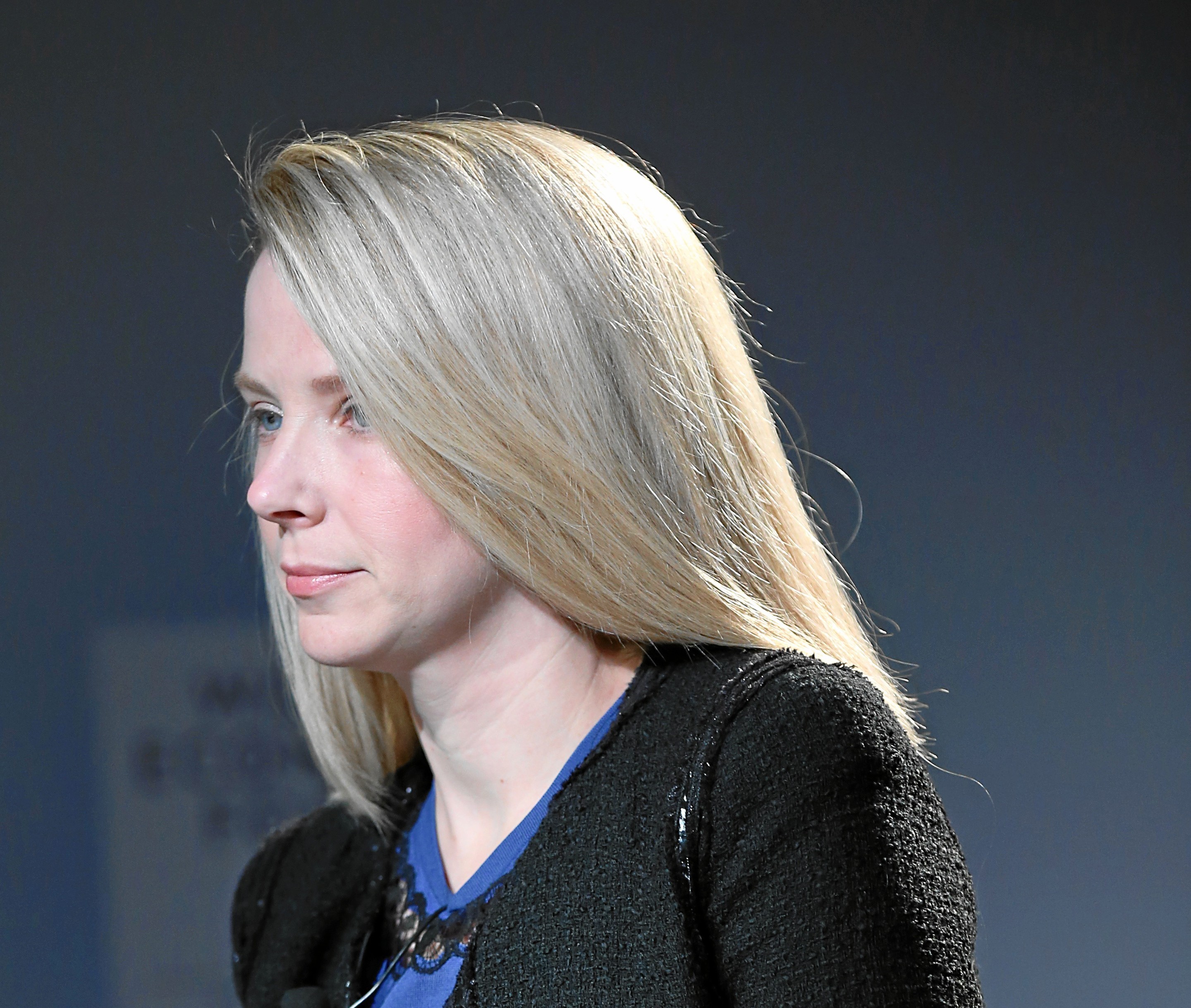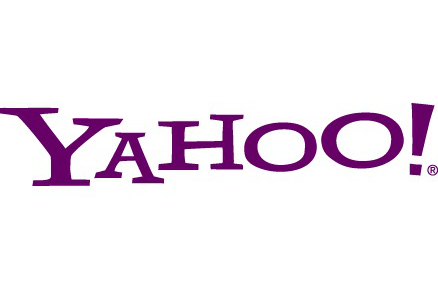Bartz unveils new Yahoo structure
New chief executive Carol Bartz takes only six weeks to make major changes at Yahoo.

Yahoo's new internal structure was revealed yesterday as its chief executive Carol Bartz, who took over last January, promised to take down the "silos" that had slowed down the internet company.
The move came as chief financial officer Blake Jorgensen became the latest executive to leave Yahoo, which has struggled to convince Wall Street that it has a growth strategy after turning down a takeover bid from Microsoft last year.
Under the plan to simplify Yahoo's management structure, its various technology and product groups will be combined into one entity led by chief technology Officer Ari Balogh, according to an email Bartz sent to employees.
Yahoo will also divide the world into just two regions instead of four: North America, led by former US chief Hilary Schneider, and International, whose chief has yet to be named.
"Today I'm rolling out a new management structure that I believe will make Yahoo a lot faster on its feet," Bartz, who took the chief executive reins six weeks ago, wrote on Yahoo's corporate blog. "We'll be able to make speedier decisions, the notorious silos are gone, and we have a renewed focus on the customer."
The changes follow weeks of meetings between Bartz and various division heads as she familiarised herself with Yahoo's many businesses.
Unlike Yahoo's previous so-called matrix management structure, which was criticised for lacking clear reporting lines, the new organisation centralizes power and control around Bartz.
Sign up today and you will receive a free copy of our Future Focus 2025 report - the leading guidance on AI, cybersecurity and other IT challenges as per 700+ senior executives
"It resembles much more of a classic business organisation," said Gartner analyst Allen Weiner, adding that a centralised approach helps innovations get to market faster.
Weiner noted that Bartz, who replaced co-founder Jerry Yang in January, is Yahoo's first chief executive with the business background that he said is best-suited to implementing such a structure.
Yang's 18-month stint as chief executive was defined by his rejection of a $47.5 billion takeover bid from Microsoft, which the software maker subsequently withdrew.
Yahoo's stock price has sunk from a high of $29.73 (20.98) last May to below $13 (9.17) on Thursday, as revenue and profits have been pinched by an industry-wide slowdown in advertising spending.
Pacific Crest Securities analyst Steve Weinstein said Bartz, the former chief executive of software maker Autodesk, has shown herself to be decisive and unafraid to take action in her short time at the company. But he noted that a reorganisation alone is not enough to revive Yahoo's fortunes.
"What we really want to see is what direction does Carol want to go. That's the first step," Weinstein said. "And the second step is how well she actually executes."
Among the most pressing questions on investors' minds is the fate of Yahoo's search business, which is a distant second to Google. There has been long-running speculation that the unit could be sold to Microsoft, or Yahoo could team up with another rival such as Time Warner's AOL.
Yahoo tried to form a web search partnership with Google last year as an alternative to a deal with Microsoft, but the deal collapsed under US antitrust review.
On Wednesday, Jorgensen said Yahoo was not opposed to a search sale or partnership, leading some observers to believe it was moving closer to a deal with Microsoft.
Earlier this week, Microsoft chief executive Steve Ballmer said he wants to team up with Yahoo to compete with Google, which controls 63 per cent of the US search market.
"It's premature to discuss our strategic options," said a Q&A document distributed by Yahoo management to employees on the restructuring. "For the time being, nothing is off the table and creating shareholder value is our first priority." Yahoo said the changes were not driven by a desire to cut costs, but it is always reviewing its business and expenses.
In October, Yahoo announced plans to cut at least 10 per cent of its workforce of roughly 15,000 employees. It posted a fourth-quarter net loss of $303 million (214.12 million), while sales fell one per cent from a year earlier to $1.8 billion (1.27 billion).
In her note to staff, Bartz acknowledged "reorg fatigue" within the ranks, after multiple restructurings that occurred before she joined. "Hang in there - our intention is to leave this structure in place for two to four years," she wrote.
Bartz also unveiled a new "customer advocacy group" to better attune the company to the outside world. "After getting a lot of angry calls at my office from frustrated customers," she wrote on Yahoo's blog, "I realised we could do a better job of listening to and supporting you."
ITPro is a global business technology website providing the latest news, analysis, and business insight for IT decision-makers. Whether it's cyber security, cloud computing, IT infrastructure, or business strategy, we aim to equip leaders with the data they need to make informed IT investments.
For regular updates delivered to your inbox and social feeds, be sure to sign up to our daily newsletter and follow on us LinkedIn and Twitter.
-
 Trump's AI executive order could leave US in a 'regulatory vacuum'
Trump's AI executive order could leave US in a 'regulatory vacuum'News Citing a "patchwork of 50 different regulatory regimes" and "ideological bias", President Trump wants rules to be set at a federal level
-
 TPUs: Google's home advantage
TPUs: Google's home advantageITPro Podcast How does TPU v7 stack up against Nvidia's latest chips – and can Google scale AI using only its own supply?
-
 Verizon loses billions in Yahoo and AOL sale
Verizon loses billions in Yahoo and AOL saleNews The deal marks the end of Verizon’s attempts to break into the digital content business
-
 Ex-Yahoo and Equifax CEOs to testify before Senate over data breaches
Ex-Yahoo and Equifax CEOs to testify before Senate over data breachesNews Hearing will determine what more could have been done to prevent the hacks
-
 US judge rules that Yahoo must face litigation by data breach customers
US judge rules that Yahoo must face litigation by data breach customersNews Yahoo customers could have protected themselves if it hadn't taken so long to notify them of the breach
-
 Verizon completes acquisition of Yahoo as Mayer quits
Verizon completes acquisition of Yahoo as Mayer quitsNews CEO Marissa Mayer leaves Yahoo, whose brands will now be part of Oath
-
 Yahoo/Verizon deal agreed as 2,100 employees face the axe
Yahoo/Verizon deal agreed as 2,100 employees face the axeNews The deal will now see CEO Marissa Mayer depart with $264 million
-
 Verizon Yahoo acquisition expected to close in June
Verizon Yahoo acquisition expected to close in JuneNews CEO Mayer confirms expected closing date
-
 Verizon 'will pay $5 billion for Yahoo'
Verizon 'will pay $5 billion for Yahoo'News Fading search giant will feed Verizon's hunger for customer data
-
 Marissa Mayer will receive £40m payout if Yahoo tanks
Marissa Mayer will receive £40m payout if Yahoo tanksNews Yahoo CEO's severance package revealed as web giant goes up for sale

